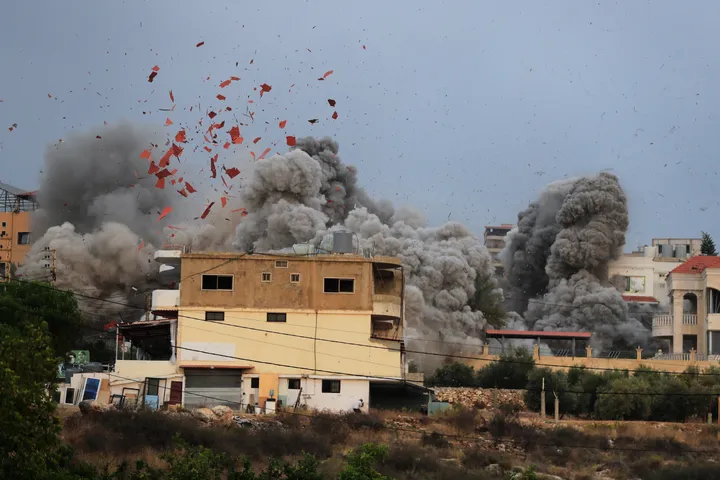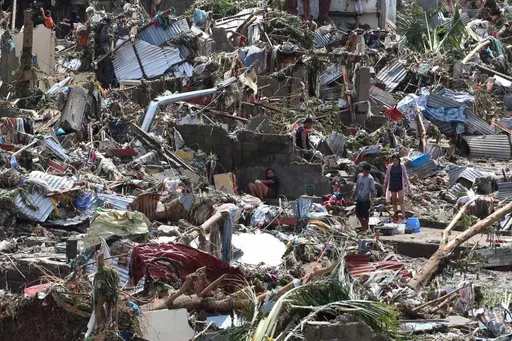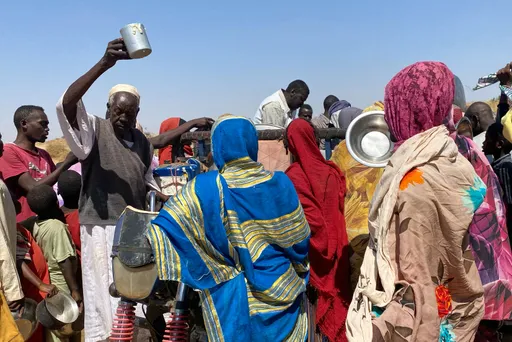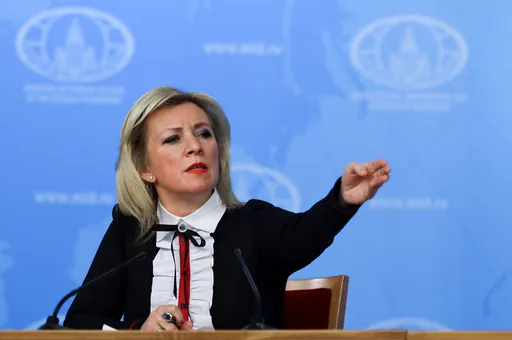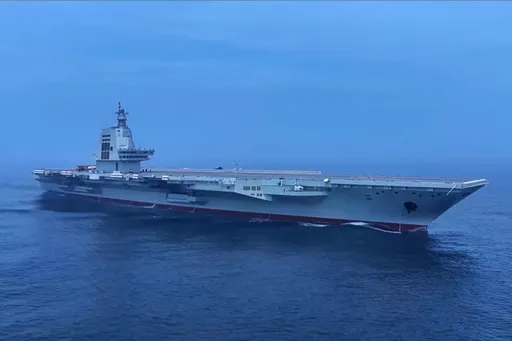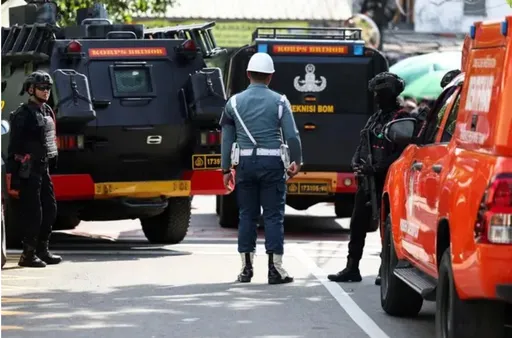Atlantic hurricane Dorian is expected to strengthen into a major hurricane on Friday, the US National Hurricane Center (NHC) said.
Dorian was about 240km north northwest of San Juan, Puerto Rico, with maximum sustained winds of 140 kilometres-per-hour, the Miami-based weather forecaster said on Thursday.
Dorian caused limited damage in the northern Caribbean as it left the region Wednesday night, setting its sights on the US mainland as it threatened to grow into a dangerous Category 3 storm pushing northwest in the general direction of Florida.
Power outages and flooding were reported across the US Virgin Islands, the British Virgin Islands and the Puerto Rican islands of Vieques and Culebra after Dorian hit St Thomas as a Category 1 storm.
"We're happy because there are no damages to report," Culebra Mayor William Solas said, noting that only one community lost power.
Meanwhile, Dorian caused an island-wide blackout in St Thomas and St John in the US Virgin Islands, and scattered power outages in St Croix, government spokesman Richard Motta said.
In addition, the storm downed trees and at least one electric post in St Thomas, he said, adding that there were no reports of major flooding.
"We are grateful that it wasn't a stronger storm," he said.
There were no immediate reports of damage in the British Virgin Islands, where Governor Augustus Jaspert said crews were already clearing roads and inspecting infrastructure by late Wednesday afternoon.
Dorian had prompted US President Donald Trump to declare a state of emergency Tuesday night and order federal assistance for local authorities.
Dorian was centred about 95 kilometres northwest of San Juan.
The US NHC said it had maximum sustained winds of 130 kph while moving northwest at 20 kph.
Dennis Feltgen, an NHC meteorologist in Miami, said Dorian may grow in size and could land anywhere from South Florida to South Carolina.
"This will be a large storm approaching the Southeast," he said.
People in Florida were starting to get ready for a possible Labor Day weekend strike, with county governments along Florida's east-central coast distributing sandbags and many residents rushing to warehouse retailers to load up on water, canned food and emergency supplies.
"All Floridians on the East Coast should have 7 days of supplies, prepare their homes & follow the track closely," Governor Ron DeSantis said in a tweet. Later on Wednesday, he declared a state of emergency for the counties in the storm's path.
A hurricane watch and tropical storm warning remained in effect for Puerto Rico, with Dorian expected to dump 10 to 15 centimetres of rain with isolated amounts of 20 centimetres in the eastern part of the island.
However, Puerto Rico seemed to be spared any heavy wind and rain, a huge relief to many on an island where blue tarps still cover some 30,000 homes nearly two years after Hurricane Maria.
The island's 3.2 million inhabitants also depend on an unstable power grid that remains prone to outages since it was destroyed by Maria, a Category 4 storm.
Ramonita Torres, a thin, stooped, 74-year-old woman who lives by herself in the impoverished, flood-prone neighbourhood of Las Monjas in the capital of San Juan, was still trying to rebuild the home she nearly lost after Maria but was not able to secure the pieces of zinc that now serve as her roof.
"There's no money for that," she said, shaking her head.
Police said an 80-year-old man in the northern town of Bayaman died on Wednesday after he fell trying to climb up to his roof to clear it of debris ahead of the storm.
Dorian initially had been projected to brush the western part of Puerto Rico and the change in the storm's course caught some off guard in Culebra and Vieques, both popular tourist destinations.



